During the hottest months of the year, swimming pools in some parts of the country can become unbearably hot. Some pool owners have tried creative ways of cooling down their pool, like throwing blocks of ice in it. Do-it-yourself methods are largely ineffective and can be expensive, though. There are three different pieces of equipment that dealers suggest using to cool a pool: aerators, mechanical evaporative coolers and reverse-cycle heat pumps. All of these are effective and affordable for pool maintenance.
Aerators cool pools by introducing oxygen into the water
Of the three ways that pool professionals recommend cooling down pools, aerators are the most affordable. They’re easy to install in inground pools, and they don’t significantly increase how much it costs to maintain a pool.
Aerators are like above-water jets. An aerator is a piece of equipment that attaches to the side of an ingound pool, a little above the waterline. It’s connected to a valve in the pool’s piping. When turned on, the aerator will spray a stream out over the water.
Aerators introduce oxygen into the water, which can help lower the temperature by a few degrees. Aerators are most effective when there’s a large difference between water temperature and air temperature.
Mechanical evaporative coolers increase evaporation in your pool’s piping
Mechanical evaporative coolers cost slightly more than aerators, but they’re also more effective at cooling pools. They’re installed between an inground pool’s pump and filter, and its salt chlorine generator.
These devices have fans that blow air over the water that passes through them. This increases evaporation, which lowers the temperature. When run at night, mechanical evaporative coolers can lower a pool’s temperature by as much as 10°F.
Reverse-cycle heat pumps are like air conditioners for pool water
Reverse-cycle heat pumps are designed like air conditioners. They’re installed in the same location as mechanical evaporative coolers (between the pump and filter, and the salt chlorine generator). But they use refrigerant to cool the water, similar to what’s found in air conditioners.
Reverse-cycle heat pumps can adjust how much refrigerant passes through them. So they provide precise control over the temperature of a pool’s water. They can be set to maintain a specific temperature, up to 15°F below its uncooled temperature.
Reverse-cycle heat pumps have higher initial and operating costs than aerators and mechanical evaporative coolers (but they’re still less expensive than purchasing blocks of ice every day). They provide unparalleled cooling power and precision, though. Additionally, many models will also heat a pool, and they’re much more affordable to run than gas pool heaters.
Don’t let hot water keep you out of your pool, and don’t waste your time with ineffective homemade remedies if your pool water does become hot. If you want to cool your pool’s water, the best way to do so is to speak with a pool builder about aerators, mechanical evaporative coolers and reverse-cycle heat pumps. A professional will help you select one for your pool.

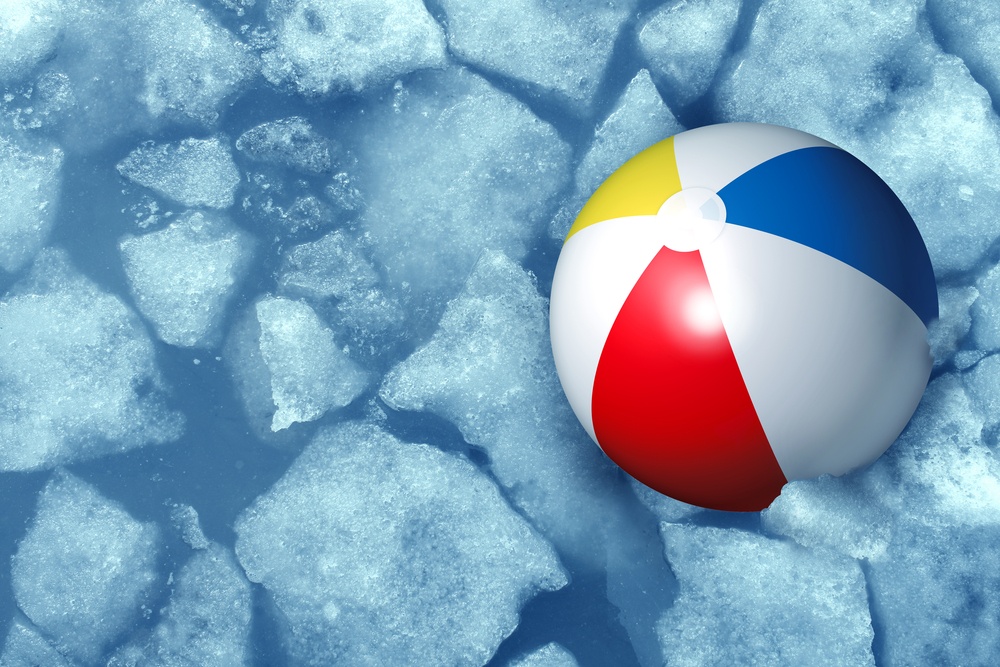
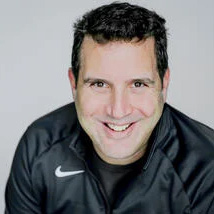
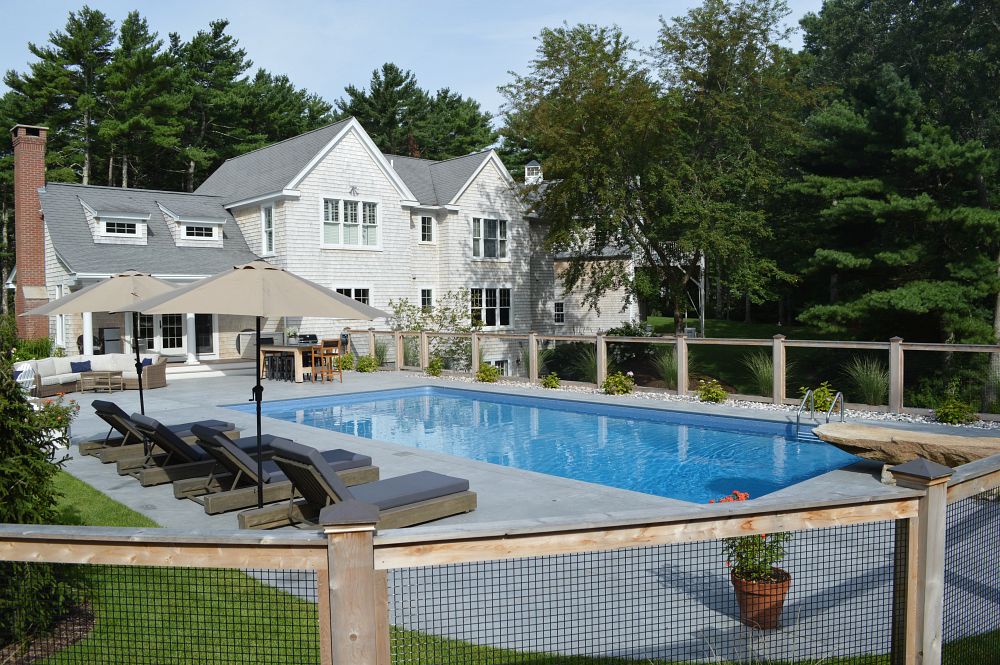
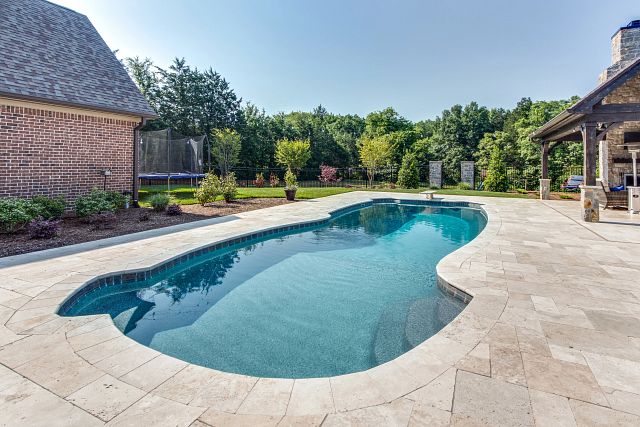
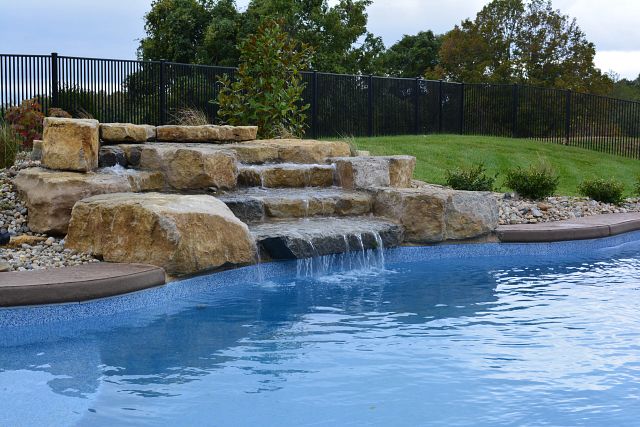
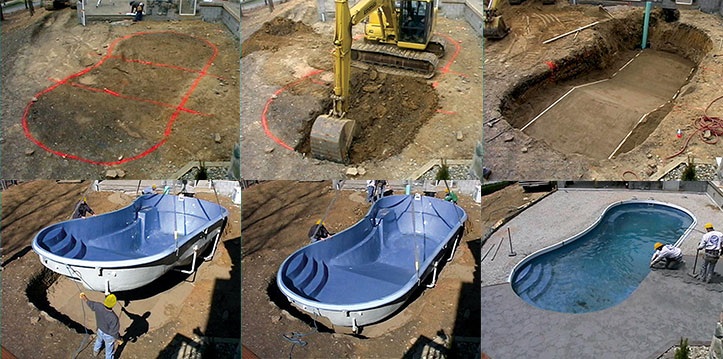
Join the discussion